Hedypnois cretica, (=Hedypnois rhagadioloides), Crete Weed
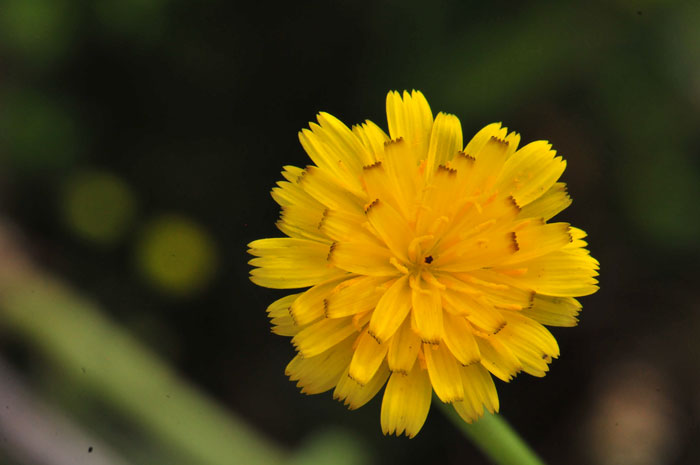
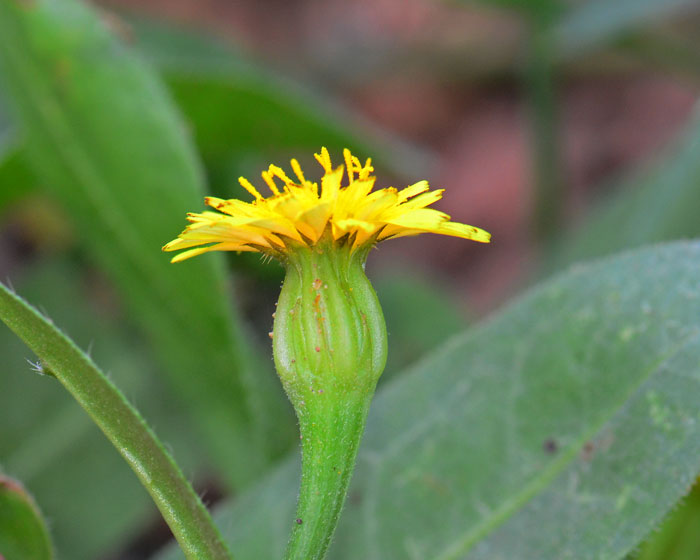
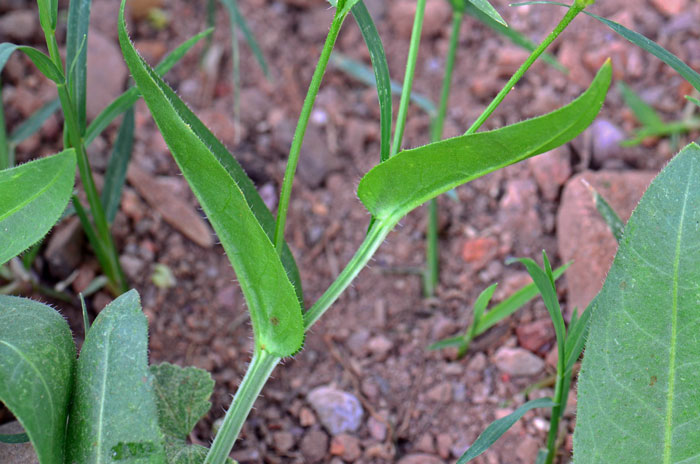
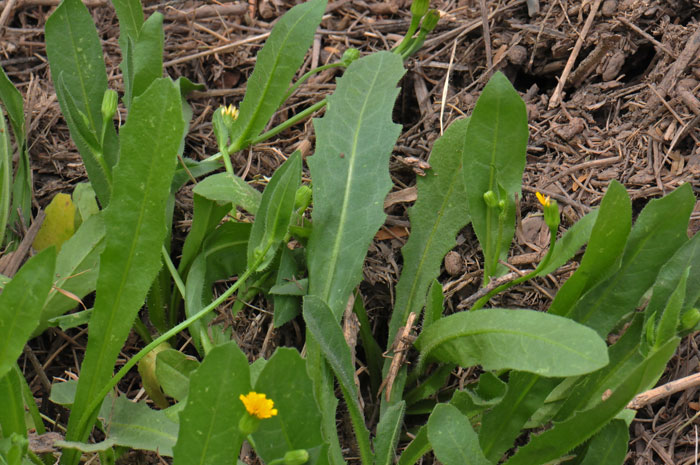
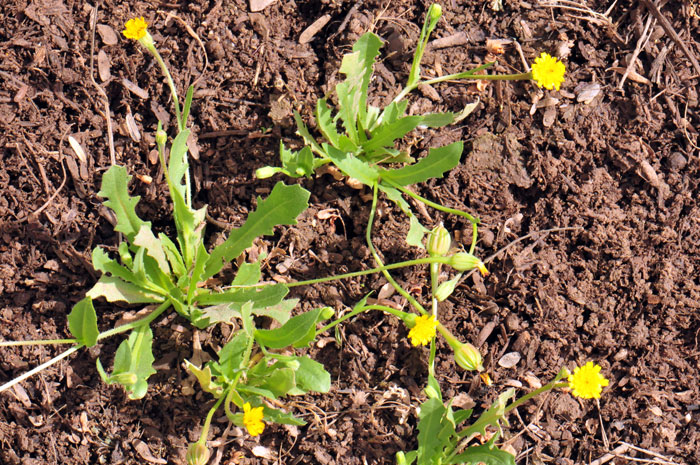
Scientific Name: Hedypnois cretica
Common Name: Cretanweed
Also Called: Crete Weed, Scaly Hawkbit
Family: Asteraceae, Sunflower Family
Synonyms: Hedypnois rhagadioloides
Status: Introduced; Native to southern Europe, and south-western Asia.
Duration: Annual
Size: 4 to 16 inches (10-40 cm) tall
Growth Form: Forb/herb; generally prostrate; form similar to a Dandelion (Taraxacum); stems drooping and low running; leaves and stems with stiff fine hairs (bristly) on herbage; not readily visible without 10x loop; contains milky sap.
Leaves: Green, purplish; basal and cauline; leaf length variable, up to 7 inches (18 cm); blades oblong to oblanceolate; leaves also with scattered stiff fine hairs (bristly), unbranched and short-forked at tip.
Flower Color: Yellow, looks similar to a Dandelion (Taraxacum); single (solitary) heads or in small clusters; bracts (phyllaries) surrounding flower heads linear and with stiff fine hairs (bristly); ray (ligulate) flowers only; fruit is a cypsela with pappus.
Flowering Season: February or March through August or later with sufficient rainfall.
Elevation: Up to 2,000 feet (610 m) or more
Habitat Preferences: Weedy in Phoenix area, usually associated with watered areas, often found in yards, open fields, disturbed areas, gardens and roadsides.
Recorded Range: Introduced in North America, this species is currently found in limited geographic areas in CA, AZ, NM and TX.
North America & US County Distribution Map for Hedypnois cretica.
North America species range map for Cretanweed, Hedypnois cretica:
North American range map courtesy of Virginia Tech, Dept. of Forest Resources & Environmental Conservation
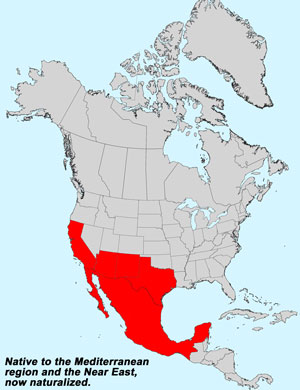
U.S. Weed Information: Hedypnois cretica is an introduced species from the Mediterranean area and is currently spreading across southwest Border States. It is an aggressive weed in the Phoenix, Arizona, area. At this time it is not listed in the USGS Weed Database or the Arizona Department of Agriculture pests database under R3-4-245., Noxious Weeds.
Invasive/Noxious Weed Information: Unknown
Wetland Indicator: Unknown
Threatened/Endangered Information: Unknown
Genus Information: In North America there are 1 species and 1 accepted taxa overall for Hedypnois. Worldwide, The Plant List includes 4 accepted species names and a further 5 scientific names of infraspecific rank for the genus.
The genus Hedypnois was published by Philip Miller in 1764.
In the Southwestern United States there is 1 species of Hedypnois; Data approximate and subject to revision.
Genus Information: 1 species in Hedypnois introduced in the United States.
Comments: Little information is available for this plant. Hedypnois cretica or Cretanweed is an introduced species in several southwestern states and is common in the localities where it is found. Hedypnois rhagadioloides may be latest taxonomic name.
In the Phoenix area it appears to be increasing its geographic range in areas associated with ample water such as rainfall or yards or near standing water in the normally dry Salt River bottom.
The genus Hedypnois was published by Philip Miller in 1764.
The species epithet “cretica” (cret'ica/cret'icus:) of or from Crete (the largest and most populous of the Greek islands).

